Nearly half of surveyed business leaders cite employee negligence as the primary cause of data breaches at their companies.
This is a stark reminder of how important the human element is when it comes to securing data. All the IT spend in the world won’t matter if your employees accidentally (or purposefully) circumvent your carefully thought-out security measures.
Hence the need to focus on data security training. We’ve put together a list of tips to help you and your employees practice good data security habits.
Data security training: 7 tips for your workforce
- Incorporate data security into your corporate culture
- Be creative in your delivery of data security training
- Make data security training easily consumable
- Start with a simple training approach
- Maintain a consistent training schedule
- Share current events related to data security
- Ensure employees know how to respond to security breaches
1. Incorporate data security into your corporate culture
Data security is only as important as company leaders make it. Adnan Raja of Atlantic.Net says that making employee security training part of your company culture is paramount to keeping your data safe. “The more you share about data security within your organization, the more people will buy into it.”
Raja says data security practices should be integrated at every level, even when first bringing on employees. He recommends inviting your CIO or IT manager to participate in the onboarding process to emphasize to new employees the importance of data security within your organization. For current employees, he suggests you ensure managers and team leaders are passing on the message to individual contributors.
2. Be creative in your delivery of data security training
Dry presentations may be the norm with most training, but data security is a particularly complex topic that some employees will find difficult to grasp. That’s why Raja suggests avoiding long emails and memos, which most people will only skim briefly before deleting.
Instead, Raja recommends creating and distributing videos or hanging up infographics in highly trafficked areas of the office — the break room, near the water fountain, or even in restrooms.
“Even if your employees aren’t that interested in security, repeatedly seeing phrases and actions in visual form will help them remember said messages when something out of the ordinary occurs online,” Raja says.
3. Make data security training easily consumable
As we mentioned, data security is a thorny topic. In addition to being creative, make sure you’re feeding employees a little bit at a time.
Mike Sheety of ThatShirt recommends not trying to cover all of the numerous data security topics at once because employees won’t retain most of the information. “Break it down into manageable chunks. Start off with the most important topics or key policies and processes. Then a few days or weeks later, move on to the next topic.”
4. Start with a simple training approach
According to Nina LaRosa of Moxie Media, a great place to start with employee security training is purchasing an online training course or program. This will give your employees professional training materials and proper assessments to ensure they retain the information.
LaRosa says that, for many organizations, a workplace data security training course is enough to raise awareness among employees and train them on basic precautions they should take. “If you notice any gaps in the training, which may occur if there are additional issues specific to your company or industry, you can supplement the course with additional resources. If needed, hire a workplace training company to develop a custom data security course for your business.”
5. Maintain a consistent training schedule
“Consistency is key with data security training,” says Sheety. Training is not a one-and-done event. To practice good data security habits, employees need to be continually and consistently updated. “Ensure there is time scheduled to refresh employees about data security. This can be done through emails, newsletters, boards, follow-up training sessions, biannual meetings, etc.”
6. Share current events related to data security
“Sharing current events and news stories can help underscore the importance of better cybersecurity for the business,” says Linda Hamilton of Proven Data.
She contends that leaders can learn a lot by researching which cyberattacks are the most common and implementing proper strategies to guard against those threats. “This can also help encourage employees to take cybersecurity in their roles seriously for the company, helping drive home the point that these cyber threats are targeting everyone, not just large enterprises.”
7. Ensure employees know how to respond to security breaches
Preventive measures are critical, but sometimes you may still face issues like data breaches. Jamal Ahmed of Kazient Privacy Experts says that’s when response planning comes into play. “It’s critical to train employees on how to respond and deal with a data breach if (or when) it does happen. Not enough businesses train or prepare their staff to handle a data breach effectively, and that’s how events go from bad to worse.”
Curious about other areas of data security? We created a lengthy guide on the topic to help you ensure your data is as safe as possible.


























































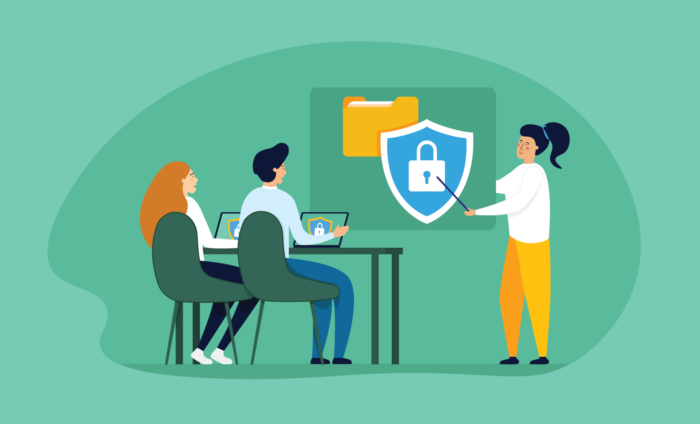

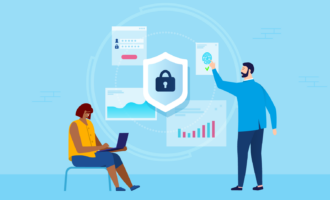





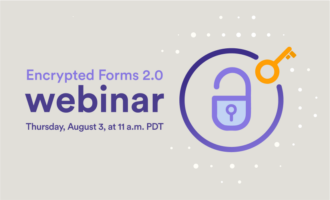





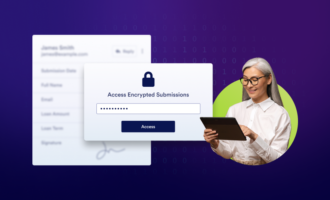

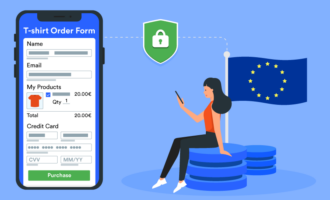

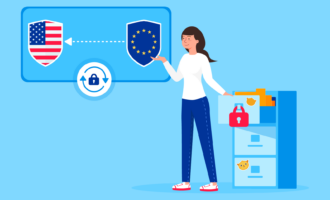




Send Comment:
1 Comments:
More than a year ago
hi.....
I got such a good information on this topic its very interesting one. You made a good site and I have found a similar website, please check this one Ethical Hacking Training visit the site to know more about cysecon.